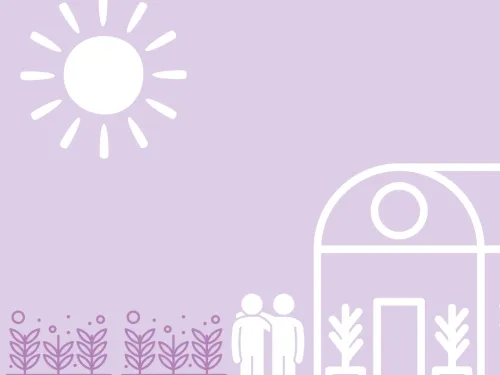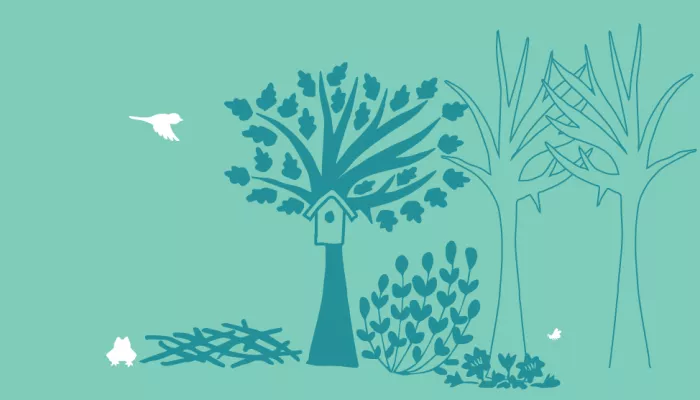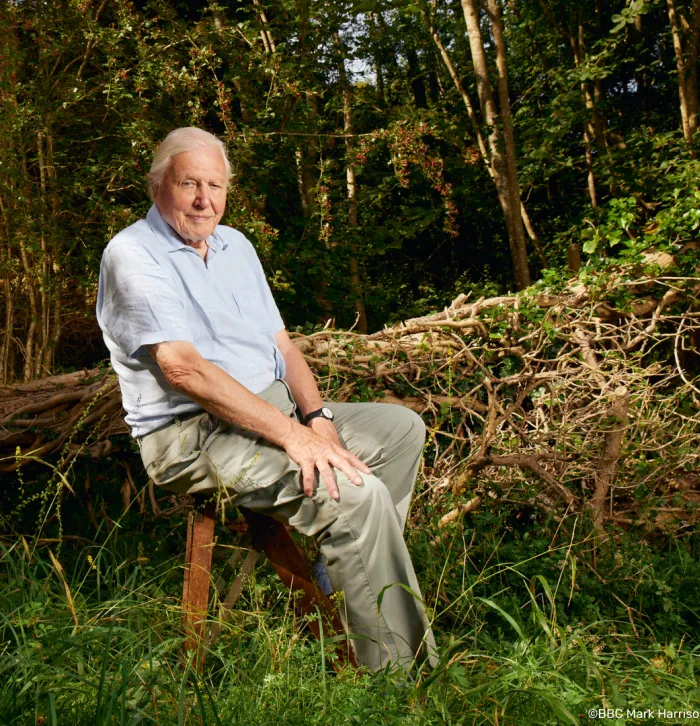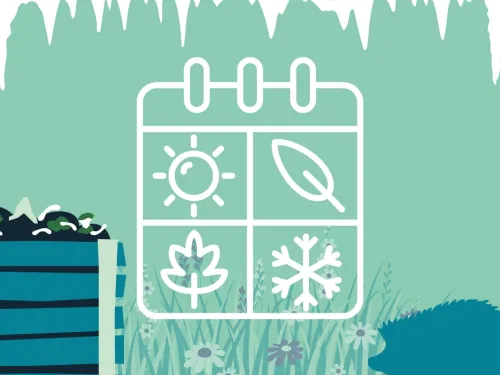
Sustainable food growing
On this page you'll find useful tips on how to grow food in ways that help your community and the biodiversity around it

Few of us can contemplate having a wood in our back gardens, but just a few metres is enough to establish this mini-habitat!
A woodland edge can easily be translated into garden proportions. A few metres are enough to establish the sort of dynamic habitat that will encourage birds and butterflies to stop by, mice and hedgehogs to forage among the leaf litter, and frogs and toads to hibernate over winter. Mosses and lichens will add velvet and colour to the bare stems and, in spring, there will be a pageant of wild flowers, such as wood anemones, snowdrops, primroses and bluebells.
The most important feature of a woodland edge is that it is made up of different layers – the more layers, the more species will come flocking. Ideally, the height should increase from front to back to allow as much light in as possible:
Don’t be too tidy – the decaying plant materials, leaf litter and rotting wood provide food sources and habitats for thousands of different kinds of organisms.
There are a number of things you can do to encourage wildlife into your woodland edge garden and to establish the planting :


On this page you'll find useful tips on how to grow food in ways that help your community and the biodiversity around it

In this page you'll find an array of information to how to best help wildlife over the changing seasons each year

On this page you'll find exciting information on getting involved with citizen science project in your own home and community

On this page you'll find useful information on how to take environmental action from home and in your community

On this page you'll find useful information on how to reach out to others about nature & the environment

On this page you'll find excellent tips on how to shop sustainably and be mindful of what you're eating